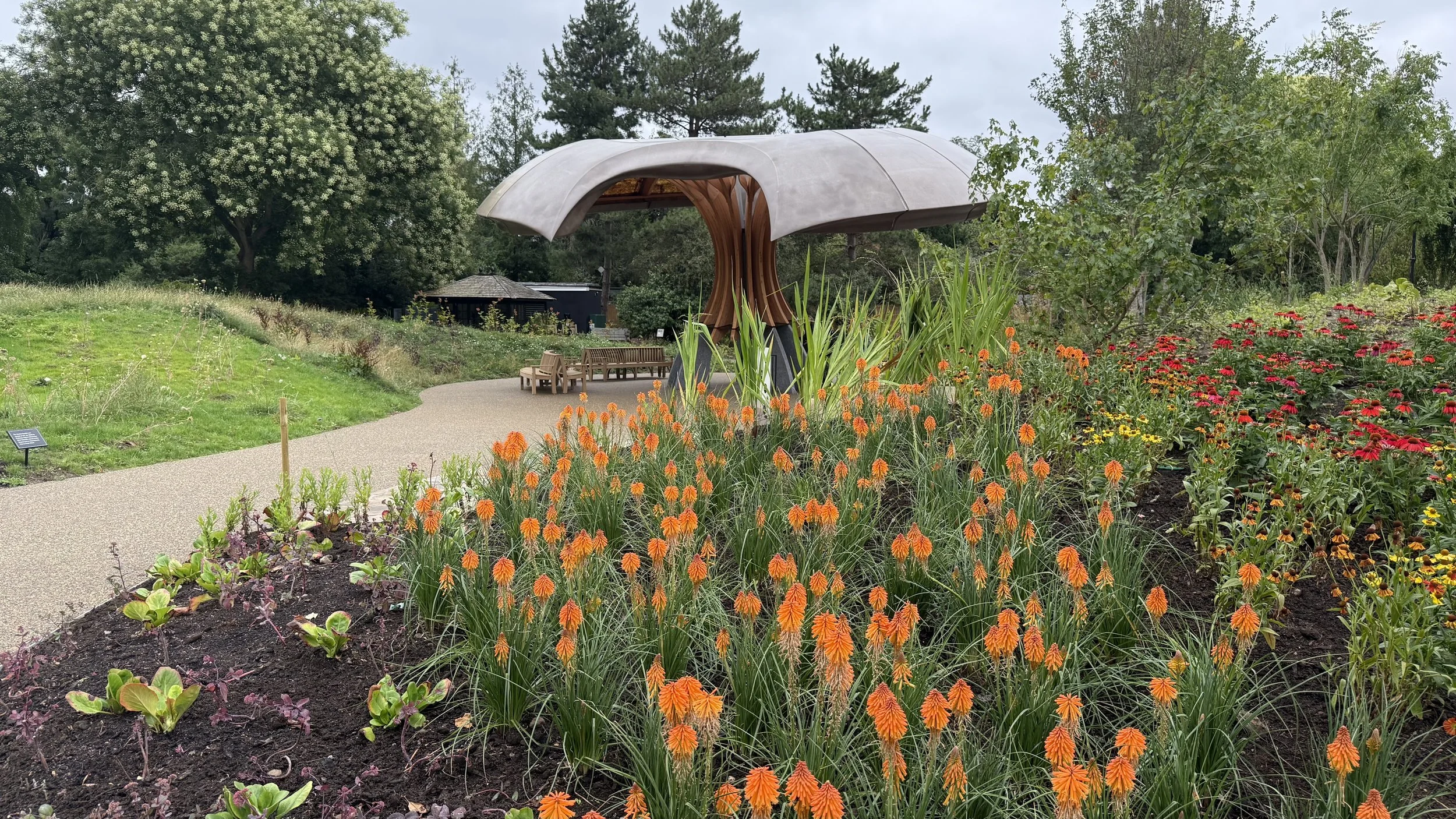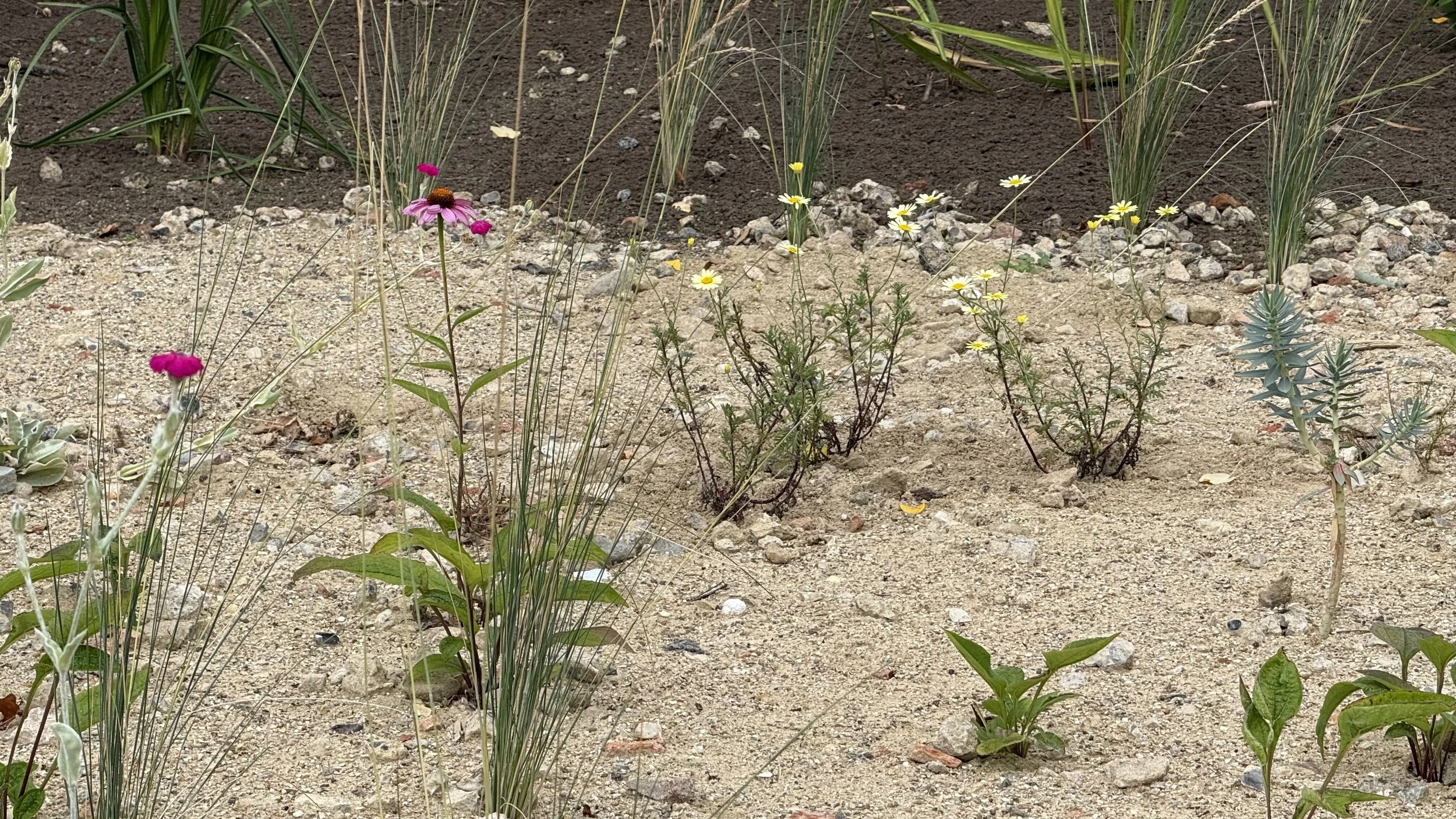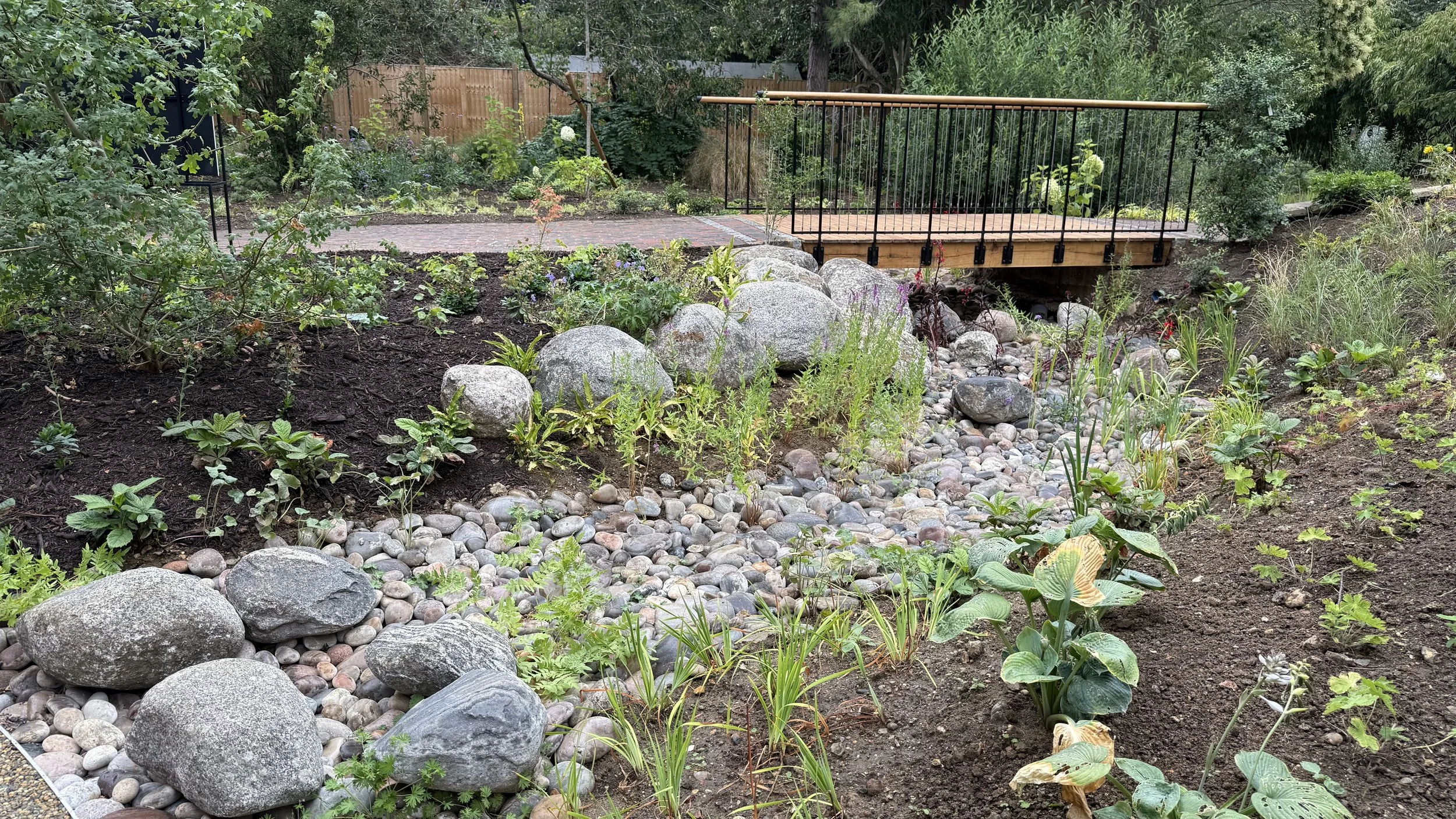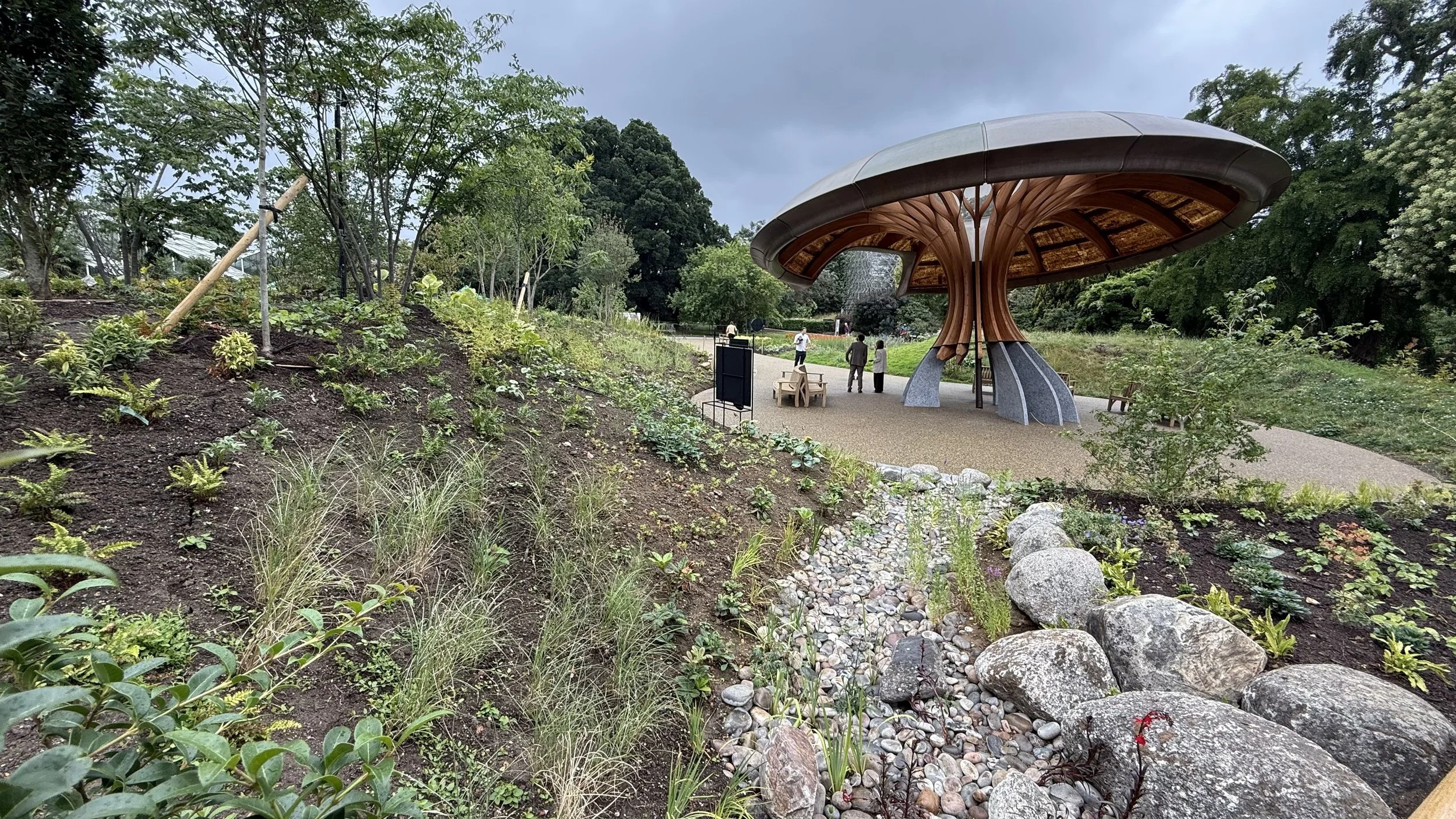The Carbon Garden at Kew Gardens
One only needs to think about the increase in extreme weather conditions we’ve been seeing over that past few years to realise that climate change is a very real and present threat. Human activities, such as burning fossil fuels, have released an alarming amount of carbon dioxide into the atmosphere, trapping heat and warming the planet. The UK’s ten warmest years since 1884 have occurred in the 21st Century and London’s climate in 2050 is expected to be comparable to present-day Barcelona!
Trees and woody shrubs act as nature’s air conditioning, effectively managing the effects of urban heat islands on both people and wider ecosystems. However, their long lifespan means that their ability to adapt to rapidly changing climate conditions is limited. That being said, if we change our approach to tree selection now, our parks, gardens, and urban trees will have greater built-in resilience as future generations experience more extreme conditions.
The role that plants and fungi can play in tackling climate change, alongside how our own gardens will have to change in the future, are the key themes explored in the new Carbon Garden at Kew Gardens.
Featuring multiple different areas that explore the relationship between plants, carbon and the future, the Carbon Garden aims to bring to life the critical role that carbon plays in sustaining life on Earth, communicating the scale of the climate crisis, and sharing the extraordinary potential of the natural world to combat it.
The most vibrant of the areas was designed to illustrate the dramatic rise in global average temperatures over time, with cool blues and purples from Hydrangea errata ‘Bluebird’ and Verbena Bonariensis, to the hot oranges and reds from Achillea ‘Moonshine’, ‘Paprika’ and ‘Red Velvet’ and Crocosmia ‘Lucifer’ and ‘Carmin Brilliant’.
The dry garden highlights how we can work together with plants to adapt to the changing climate. The sandy soil sets the perfect backdrop for drought-tolerant and Mediterranean plants including Parry’s agave, beaked yucca, and the English country garden classic Lavender.
The rain garden illustrates the ways we can prevent soil erosion, reduce flooding and support moisture-tolerant plants to maintain soil stability and carbon storage. It also incorporates a bioswale which is a channel designed to collect, infiltrate and purify polluted stormwater runoff. The planting here includes Yellow flag iris which thrives in wet conditions as well as being pollinator-friendly, and many Royal ferns which don’t just love moisture but add an element of architectural interest too.
Then at the centre of the garden stands a majestic pavilion, created using low-carbon, almost exclusively natural materials including the low-carbon granite stone foundations, Glu-Lam Larch timber frame, and flax natural fibre composites canopy. It’s easy to see from it’s mushroom-like structure that the inspiration for this structure was the symbiotic relationship between the plant and fungal kingdoms.
This isn’t just a beautiful garden it really opens your eyes to the simple things we can all do to adapt to the changing climate and play our part.
Limit soil disturbance - no-dig gardening reduces soil disturbance which releases CO2 into the air and also affects plant-fungal networks. If you’re interested in finding out more about no-dig, Charles Dowding is the king of this practice.
Use garden waste as mulch - this helps return carbon to the soil, improves its structure, supports soil life, and helps retain moisture. So once you’ve pruned or cutback plants and shrubs feel free to “chop and drop” and know that you’re helping to improve the soil beneath.
Plant wildflowers - wildflower meadows protect sequestered carbon in the soil. It is best to sow native wildflowers to support local insects.
Create a log pile - leaving logs to gradually rot down slows carbon release, with some absorbed back into the soil.
Build a bug hotel - encouraging invertebrates boosts local biodiversity and indirectly helps with carbon capture by supporting insects that are critical to healthy ecosystems.
The Carbon Garden at Kew Gardens opens on 25th July 2025. You can buy tickets in advance here, or pay on the gate.




